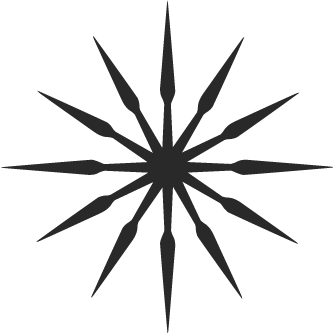The new
diamond cuts
of Niveau élevé
There were two mathematical systems in the Neolithic period. The decimal system and the duodecimal system. Since we use the decimal system today, it seems more familiar and we think it is a “good” mathematical system, or maybe even the best. But unfortunately this is not the case. The decimal system simply stems from the fact that we have 10 fingers on our hands and the fingers were the first counting aid. The decimal system is therefore a primitive mathematical system that originates among primitive peoples who have no mathematical knowledge whatsoever, or rather, who do not yet have any mathematics. The decimal system is actually a counting aid system, not a sophisticated mathematical system. The duodecimal system would be vastly superior to the decimal system.
The reason is simple: the ten is only divisible by the two and the five. Twelve is divisible by two, three, four and six! Above all, the fact that ten is not divisible by three, but only by two, is a very decisive disadvantage. Three is the first prime number and the “mathematical disaster” of the non-divisible-by-three jump of 10 makes things a little more difficult for us. One third of 10, of 100, of 1000 – always crooked numbers! Especially when we go into power calculation and higher mathematics, a mathematical system in which the basic framework was not only divisible by two but also by three would be a great advantage. Perhaps mankind will reach a point where it will put its habits on the back burner and mathematics will switch over to the system of twelve.
Time runs partly according to the duodecimal system and partly according to the sexagesimal system, i.e. a system based on 60. But the sexagesimal system is not only used for time. What is quite typical is the fact that the sexagesimal system is also used in navigation. We divide the full circle into 360°. One angular degree has 60 angular minutes and one angular minute has 60 angular seconds. That time and navigation, i.e. space and time, are so interconnected at their original level that they even both use the same mathematical system, which is different from our standard mathematical system, is indicative of the fact that there must be a deep underlying connection between space and time.
It is quite astonishing that the area where man emerged, namely Central Africa, had the duodecimal system in use in the early Stone Age, not the decimal system. This can be proven by linguistic research, which indicates that the original language of Nigeria, for example, uses number words from the duodecimal system. The oldest calendar, the so-called “Ishango bone”, which is about 20,000 years old and comes from what is now Congo, is also based on the duodecimal system. It contains three rows of notches, with the outer two counting 60 notches each. Whether there is an actual connection between the fact that the oldest calendar we know obviously operates with the number 60 and that our division of time is very much linked to the number 60 is an open question. The fact is that all ancient time divisions were dominated by the 12, the 6 or the 60 as numbers.
In the area of his emergence, when he discovered mathematics, and when he discovered time, primal man used the twelve system, not the ten system. In most other areas, however, the primitive indigenous peoples worked with the decimal system.
One of the first migrations of peoples, or perhaps even the first migration of peoples, led from central Africa via Egypt to Mesopotamia, later Babylonia. Even then, 25,000 years ago, there were apparently problems with overpopulation that resulted in a mass emigration of a tribe. A people that can travel long distances, such as from Central Africa to Babylonia, must be culturally superior to its surroundings, or at least superior in terms of warfare, otherwise it could not invade the territories of other peoples, hold its own there and pass through these territories unharmed. Clearly, the Central Africans were more than a match for the surrounding cultures in the first great migration.
Although the Egyptians used and maintained the decimal system, contact with the “Ishango culture” led to their division of time being based on the twelve system. Ancient Egyptian culture had 12 hours per day and per night, had 12 months per year, and Egyptian astrology also invented the 12 signs of the zodiac.

After wandering through Egypt, the Ishango Africans met the Sumerians who settled the area between Egypt and Babylonia. It is known here that the Sumerian culture of 3300 B.C. already used the sexagesimal system as a mathematical system, not the decimal system. In ancient Babylonia, the mathematical system was also based on the sexagesimal system, and even the famous Greek astronomer Ptolemy, based his written expositions on sexagesimal fractions, which were already used as the basis for astronomy throughout the known world at that time.
The time and navigation are therefore based on the 60 and 12 divisions respectively.
Another element connects time and navigation with each other: the circle. Both navigation, with its directions given in degrees, and the clock, with its time display, use the circle as the basis of their system of representation.
The watch brand Niveau élevé takes this fact fully into account and tries to take up and implement in its watches the mathematically and intellectually very high-quality duodecimal system and sexagesimal system in every single phase of the expression of time.
The diamond plays a major role in many high-quality watches. Watches set with diamonds are a successful combination of jewellery and time instrument. But until now, the diamond cut has always been built up in a rhythm of 8, not 12. A thoroughly harmonious watch in which the mathematical basis of our more than 5,000-year-old division of time is based on twelve, but the brilliant-cut diamonds are used in a facetted division of 8, is a break in style, or a break in harmony, that does not have to be.
The brand Niveau élevé belongs to a group which has probably the best trained and most skilled diamond polishers in the world in its own diamond polishing factory. These are capable of polishing diamonds of a diameter of only one millimetre with a precision that can hardly be surpassed. They achieve a tolerance of less than ½ degree deviation of the angle of the tops and bottoms of the diamonds, as well as a deviation of less than 3% in the length of the so-called “half bottom facets”. This means that with the 10x magnifying glass, hand-cut diamonds have less than 3 hundredths of a millimetre difference.
The art of diamond polishing in the Niveau élevé polishing factory is now further refined by the fact that seven new brilliant-cuts have been developed here, all based on the 12 rhythm.
To measure the perfection in the symmetry of brilliant-cuts, one can use a kaleidoscope loupe, which makes the light guide in the diamond visible. But only very few polishing factories use this precision instrument to check and optimise their polishing quality. Probably less than 10 diamond polishing companies worldwide are able to handle it. This special loupe shows whether the upper facets are polished congruently with the lower facets and whether the symmetry of the facets is perfect. Viewed under this kaleidoscope loupe, the seven new diamond cuts reveal the most fantastic imaginable light diagrams . Here the whole art of the diamond polishing shown from its finest side. The brilliant-cut is the queen of all cuts in diamonds and also in other coloured stones such as rubies, emeralds and sapphires. This shape is able to reflect 100 % of the incident light back to the diamond and has hardly changed over the last 100 years.
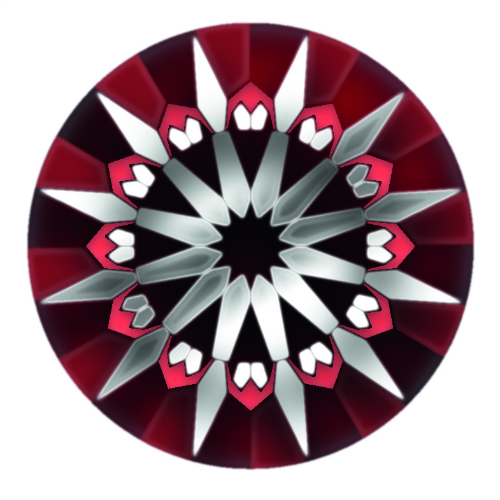
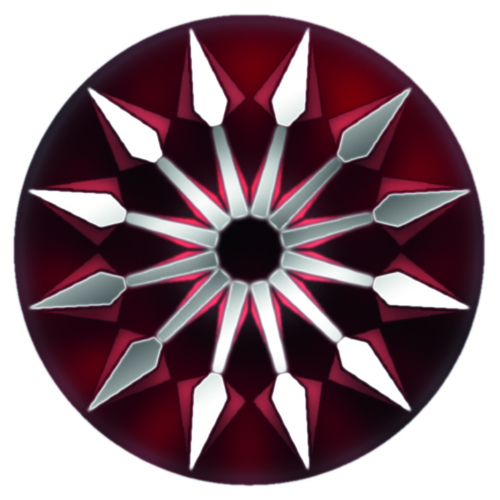
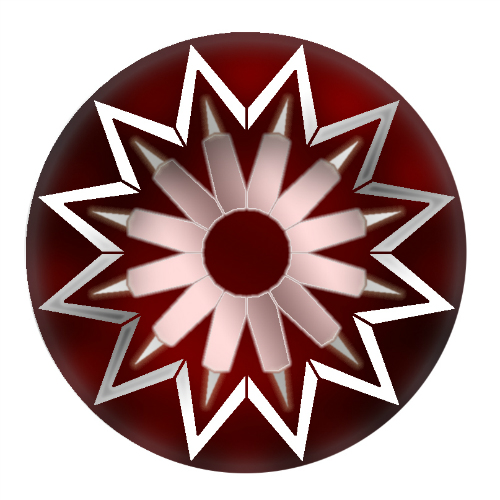
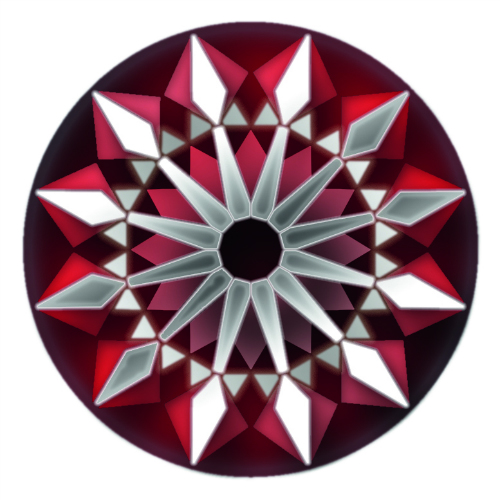
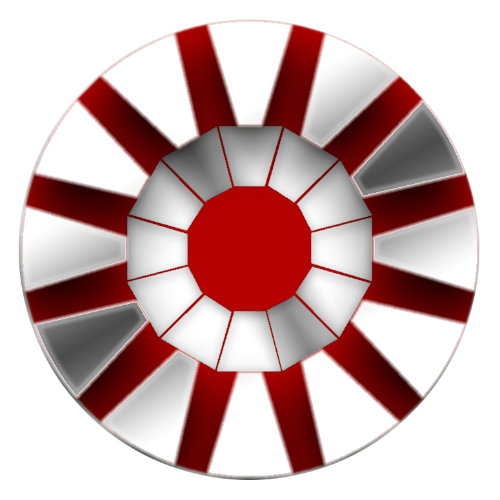
To implement a mathematical and philosophical concept in full perfection in matter and, after a century of stagnation, to design seven completely new cuts of the diamond, which are so perfect in themselves that they produce precise light diagrams, is no simple matter. But to realise these new cut shapes so perfectly that they are polished with absolute precision down to a size of just one millimetre, this is an art that can hardly be surpassed. Here, the Niveau élevé brand is at the forefront of what is possible in its conceptual skills and craftsmanship.
As science teaches us, light is the measure of time. Time always adapts its speed to the flow of light. Time and light are inextricably interwoven. Diamond is the material that has the highest so-called “optical density”, or the highest “refractive index”. This makes the diamond the only material that can reflect back 100 % of the incident light in the form of the brilliant-cut, a reflection rate that is higher than that of a mirror.
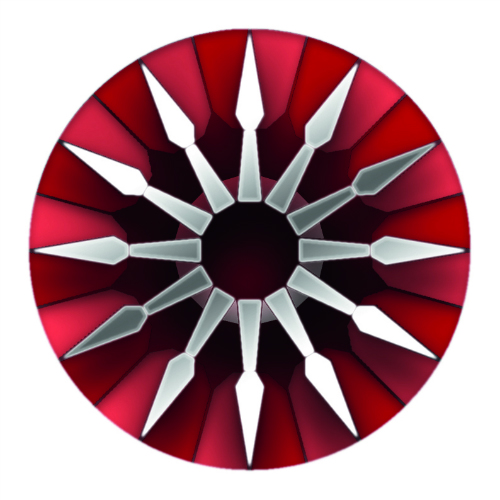
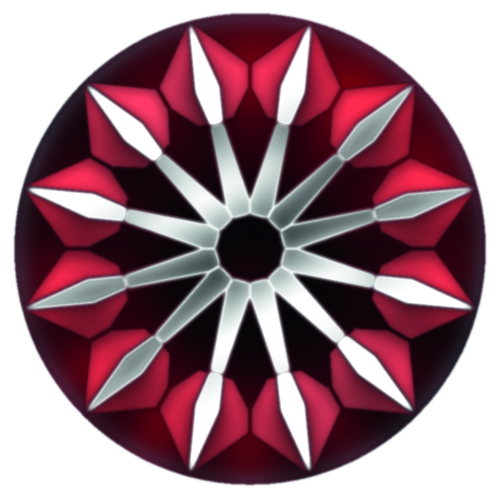
Many gifted craftsmen have advanced the art of making jewellery watches. But to go so far into the matter as to combine the basic mathematical principle of time division, which is over 5,000 years old, with the flow of light in a diamond and make a twelve-rayed brilliant-cut time star, which represents time in watches in perfect symbolism, is something no one has yet undertaken.
